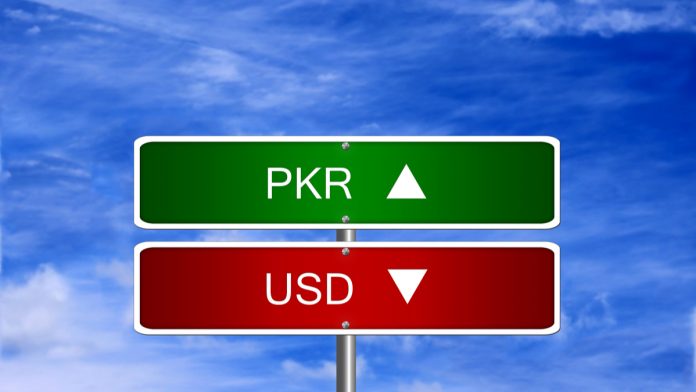- Pakistani Rupee strengthens after 7 straight weeks of declines, boosted by the economic recovery in Asia
- Pakistan cotton production could decline further, importing cotton for textile industry could bleed foreign exchange reserves
- US Dollar (USD) under pressure as investors shun its safe haven properties in risk on trading. US ISM non-manufacturing data in focus
- US Dollar Pakistani Rupee (USD/PKR) exchange rate edges away from record high reached last week.
The Pakistan Rupee declined -0.4% versus the US Dollar across the previous week, putting losses for the month of June at -3%. However, the Rupee is finding its feet in at the start of the new week.
At 09:15 UTC, USD/PKR trades -0.8% at 166.25 having reached an all time high of 168.45 in the previous week.
Optimism surrounding the economic recovery in Asia and more specifically in China is boosting demand for riskier assets and currencies, such as the Rupee. Hopes of a strong Chinese economic bounce back from the coronavirus crisis is driving risk sentiment. Stocks markets across the globe are charging northwards. The Chinese stock market trades at a 5 year high. The Pakistan Karachi index also trades higher, with institutional investors boosting demand for the Rupee.
In domestic news, Rupee gains are being capped, by concerns over Pakistan’s cotton industry. The county’s cotton production, which was already on a downward trajectory, could see further declines. Whilst the key textile industry can import cotton to fulfil its demands, this will cause precious foreign exchange reserves to bleed, which is bad news for the Rupee.
The upbeat mood in the market is dragging on demand for the safe haven US Dollar, as investors continue to focus on the economic recovery, over rising coronavirus numbers. The World Health Organisation reported 212,000 new coronavirus cases, a record number of new daily cases.
In the US 53,000 cases were reported, down slightly from the record 57,000 cases recorded on Friday. Fears linger that a second wave, particularly in the US sunbelt region could de-rail the economic recovery.
Attention will now turn to US ISM non-manufacturing data which is expected to reveal the dominant service sector is close to expansion.





